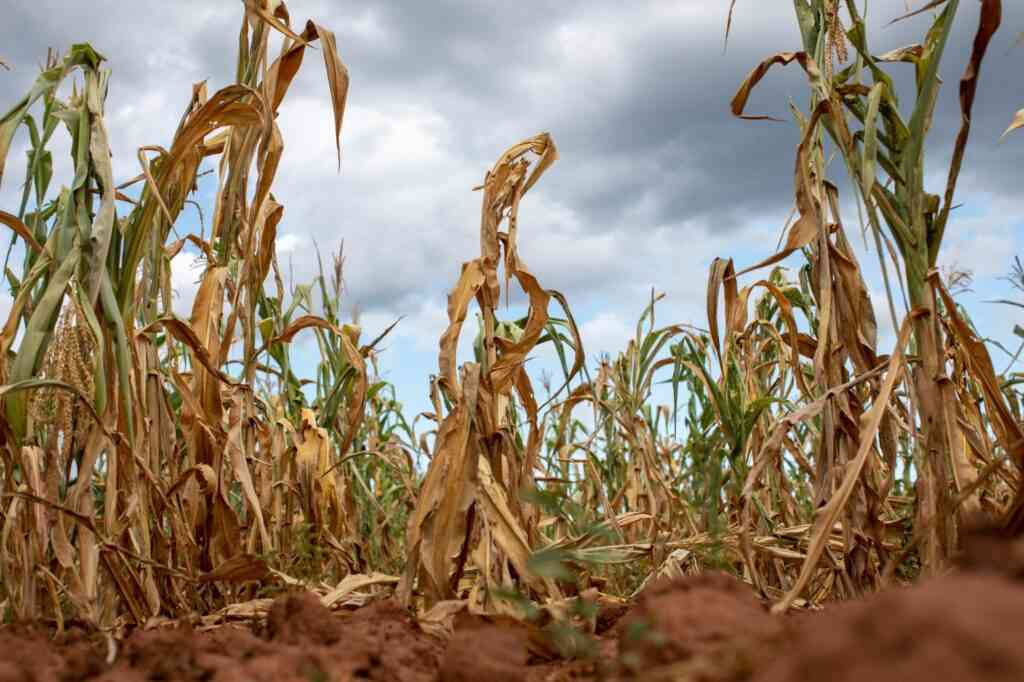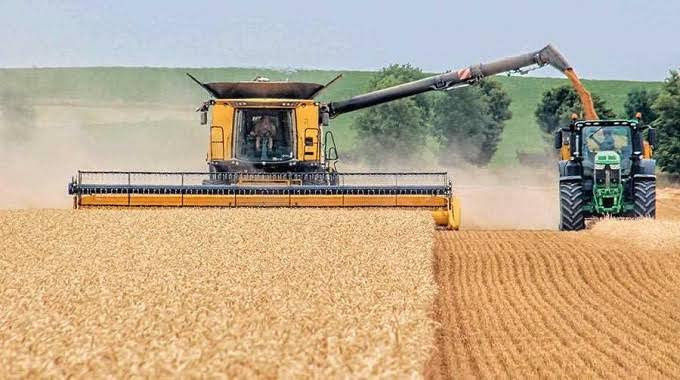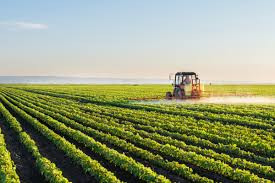
Maize output in Zimbabwe will drop by almost three-quarters this year as the nation experiences its worst drought in four decades, according to a recent government assessment report.
Output of the staple grain in the 2023-24 season that ends 31 May is estimated at 634 699 tons, down 72% from last year, according to a final crop assessment seen by Bloomberg and confirmed by the Agriculture ministry. That compares with a previous forecast of 868 237 tons.
“Statistically, the season had the latest and driest start to a summer season in 40 years,” the government said in its Second Round of Crops, Livestock and Fisheries Assessment report.
The El Niño weather phenomenon has triggered a dry spell in southern Africa that’s slashed South Africa’s maize crop by at least a fifth and led countries including Malawi, Zambia, and Zimbabwe to declare states of national disaster because of crop failures.
Zimbabwean grain millers plan to import at least 1.4 million tons of maize by July to address the shortfall.
"Farmers in Zimbabwe planted 1.78 million hectares of maize this season, a 7% reduction on the target area and 12% lower than the amount sown last year, it said. The decline reflected “agroecological tailoring and a shift to traditional grains in drier regions,” the report said.
Zimbabwe consumes 2.2 million tons of maize annually, with 1.8 million tons used for food and 400 000 tons used for livestock feed.
The report warned that the continued disruption of global supply chains for food, fuel and fertiliser supply; and geopolitical developments, principally in major input and crop supply regions, “heightens the need and urgency for Zimbabwe to attain seed, food, feed, fibre, bio-oils and biofuels sovereignty.” -Bloomberg
- Mavhunga puts DeMbare into Chibuku quarterfinals
- Bulls to charge into Zimbabwe gold stocks
- Ndiraya concerned as goals dry up
- Letters: How solar power is transforming African farms











